The past month here in Seattle has been like Guns ‘N’ Roses on repeat: lots of November rain. With a La Niña event this year, we can expect lots more of it, too!

Of course, Seattle is known for its abundant precipitation. You know what else it has in abundance? Basements.
In our densifying city with its climbing real estate prices, it often makes a lot of economic sense to finish a basement to gain more space. It’s a heck of a lot cheaper than adding a second floor or upsizing to a larger home! Still, while it can be a cost-effective choice to finish a basement, you can’t just slap together some studs and drywall and call it a day.
If you’re in the process of starting your Seattle finished basement project, you’re in a good position to implement various waterproofing features to minimize moisture intrusion. For those who just bought a new house with a finished basement, however, you can’t really know what’s behind the walls unless somebody left plans somewhere or you are willing to do some demolition. In either case, the very first thing I recommend before settling into that basement space is to check your home insurance policy coverage.

Unfortunately, most standard insurance policies either do not provide any coverage, or can be rather ambiguous in cases of basement flooding. Some policies only cover water damage to structural or fixed elements (like walls and flooring), and then only in cases of sewer backups or broken pipes. You will very likely need to buy a separate policy to cover damaged personal effects like furniture. Certainly, if you live in a high-risk flood area, purchasing a flood policy is strongly recommended. But anyone who lives in a FEMA National Flood Insurance Program (NFIP) community is eligible to purchase the same coverage as is available to high-risk households. You should check with your insurance provider to clarify what coverage you already have and discuss additional policies or riders.
Preventing Flooding
Basements are especially prone to flooding because they are partially or fully below ground and are basically a void that, along with gravity, creates a vacuum to pull water down and fill them. Still, there are many ways you can minimize the intrusion of water:
- Exterior Grading – This is probably one of the most important and most cost-effective things you can do to discourage water intrusion. The soil around your house foundation should slope AWAY from your house. Walk around the perimeter of your house and see if there are areas where the soil is sloping toward the house foundation, and make corrections as needed. The general rule-of-thumb is to have a slope away from the house of one inch for every linear foot. Also be sure that your gutters are properly functioning and not spilling water along your foundation line!
- Sump Pits/Pumps – If you are starting from scratch, or are in the process of remodeling, you really should install a sump pit and pump to actively flush water out during flooding. Depending on the square footage of your basement, more than one sump may be necessary. Plug-in pumps only work as long as there is power available to your house. In Seattle, with its abundant trees, that’s not always a given. I would avoid battery-operated pumps since it’s unlikely that you will always be on top of replacing the battery on a regular schedule (I know I would totally forget!). In case of power outages, having a water-based backup pump or back-up electricity are important for continued sump system operation.
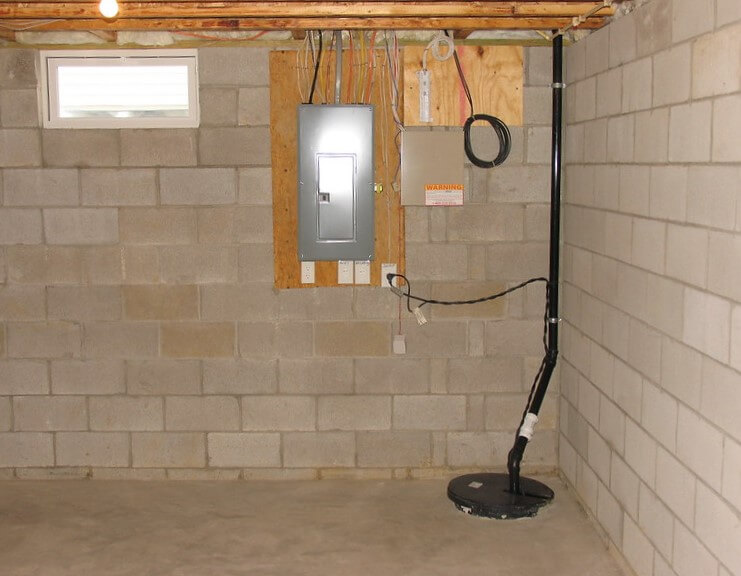
- French Drain – In cases where it is not feasible to provide an adequate slope—say, when yours and your neighbors’ properties are extremely close or your house is on the side of a hill—installing a French drain is an effective way to divert excess water away from your foundation into a municipal storm water drainage system or cistern. These can be installed on the interior, along with a sump system, or along the exterior foundation walls. In the latter case, it is important to install a membrane along the basement foundation walls to act as a barrier and to guide water away. Because basement foundations can have deep walls, installing an exterior French drain can prove logistically challenging and expensive.
- Dehumidifier – Running dehumidifiers in the basement can help extract moisture from the air and surfaces. You can install whole-house dehumidifiers, or simply a portable one for the basement only. Be sure to calculate the appropriate load based on the area of your basement to determine how many dehumidifiers are needed. Portable dehumidifiers will need to be continuously drained somewhere, unless you plan on constantly emptying out the water collection reservoir.
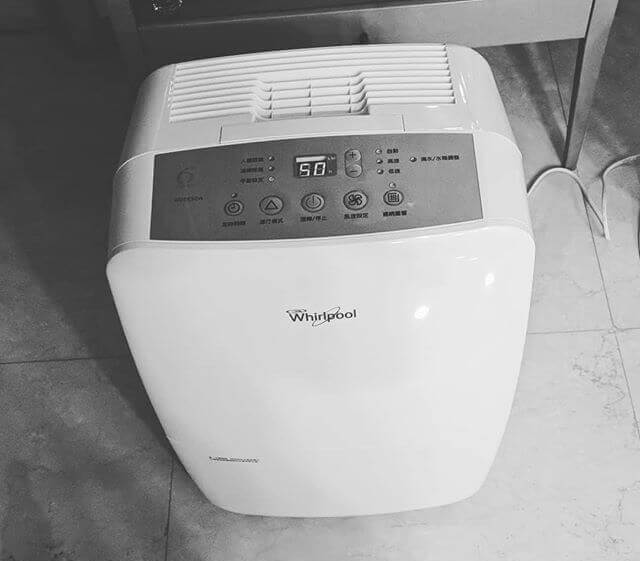
These are just a few ways to reduce moisture intrusion into a finished basement, although not an exhaustive list. You can use some methods in tandem, or even all of them together if you like (though doing so will get expensive rather quickly). Still, no matter how much money one spends, a basement will always be a basement. Moisture will always make its way in somehow—even if it’s just from your breath!
Now, if you are going to be spending considerable time in your finished basement, I will assume that everything meets the Seattle Residential Code for safety and egress purposes. So, with thorough review of your insurance coverage and a quick primer on basement waterproofing (hopefully with some implementation), you’re ready to move into your finished basement. Now what?
Hope for the Best, Plan for the Worst
As indicated above, a basement requires extra consideration before being converted to usable living space. Even if you take every precaution, spend every last dime, and build it out to be seemingly impervious to moisture, you can’t account for everything. No, it’s best to just accept the fact that a basement is a basement. What does this mean? Well, it means accepting the inherent risks associated with living in subterranean spaces and planning accordingly.
When it’s time to furnish your finished basement spaces, you’re free to decorate as lavishly as you like, of course, but I caution you to be prepared to throw anything away should it become water-, mildew-, or mold-damaged. Thus, I would think twice before moving in that precious 17th-century Jacobean trestle table or silk-woven Oudenaarde tapestry. Nope! Nothing unique and/or valuable should go in your basement.
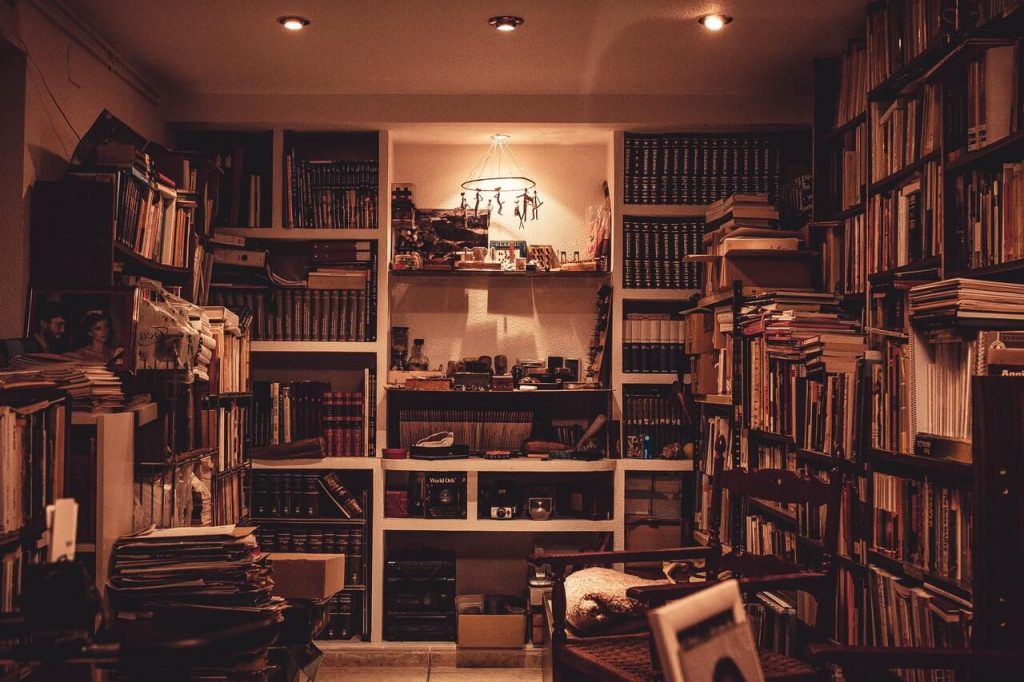
Further, if you decided to forgo that replacement-cost-value insurance coverage, I would even advise against spending considerably for custom or luxury furnishings! You can never be sure what your insurance reimbursement will be. Plus, what if a fabric or furniture model is discontinued? What then?
Thus, I think when considering basement furniture, regardless of the use, it’s better to err on the side of caution and opt for the most comfortable items for your lifestyle that you would also be equally unruffled by throwing away if necessary.
This is where those big retail chains come in handy. You can usually get well-designed product of good value at reasonable cost.
For example, while many people will be all too quick to write off IKEA, the Swedish retail giant does provide a lot of great products of good quality at an appealing price point. One just has to know what to look for in terms of quality of materials and durability (and a good designer can help you sort out the gems from the duds). Plus, they’ve carried many of their product lines for years, meaning there’s a good likelihood of being able to replace like-for-like when the time comes.
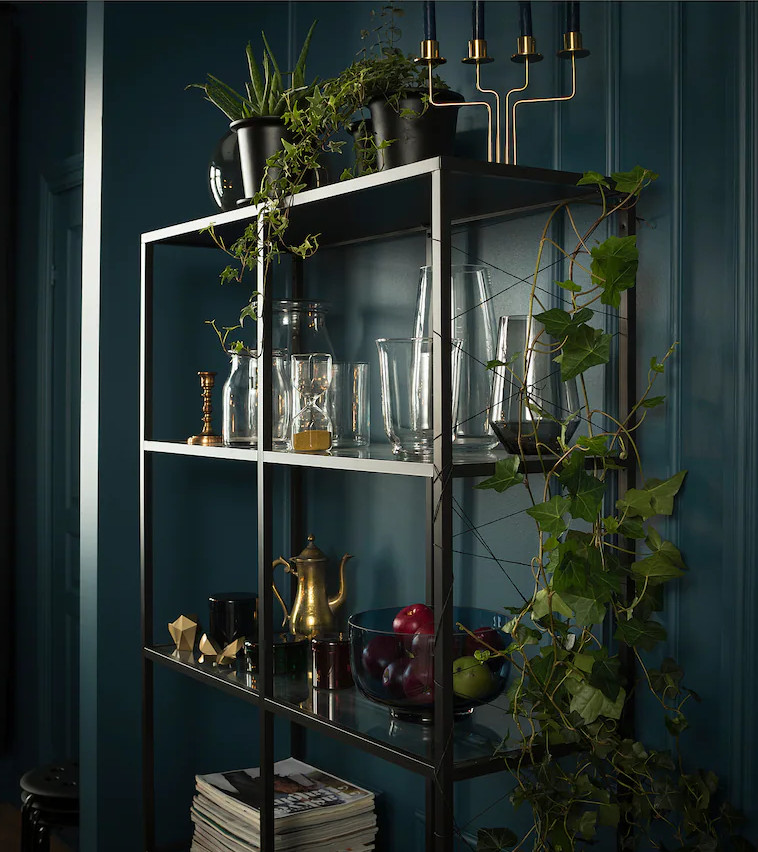
That said, you shouldn’t go nuts and furnish your entire basement space in IKEA (unless you REALLY want to). There are many IKEA products that I personally feel do not make the cut in terms of quality—like their upholstered goods. That’s a post for another time, but suffice to say that there are many retailers which offer affordable, replaceable* furnishings. Crate & Barrel and Room & Board, for example, both offer serviceable and stylish upholstered goods at moderate prices to provide comfort in your finished basement spaces without breaking the budget.
In summary, a finished basement is an excellent opportunity to expand the square footage of your home—especially in Seattle where space is at a premium. Whether you are starting with a fresh basement remodel or using an existing finished space, you should always keep in mind that basements will present challenges not typically experienced in above-ground dwellings. In addition to meeting all residential code requirements, it is important to take the necessary measures to keep moisture intrusion to reasonable levels and prevent serious leaks or flooding in your basement. Further, make sure you are well-covered by your homeowner’s insurance policy in the chance water intrusion should occur. Finally, furnish with things that are easy to replace without totally breaking your heart (or your bank). That way, if and when those grey Seattle skies open to unleash record rainfalls, replacing those soaked furnishings will be the least of your worries!
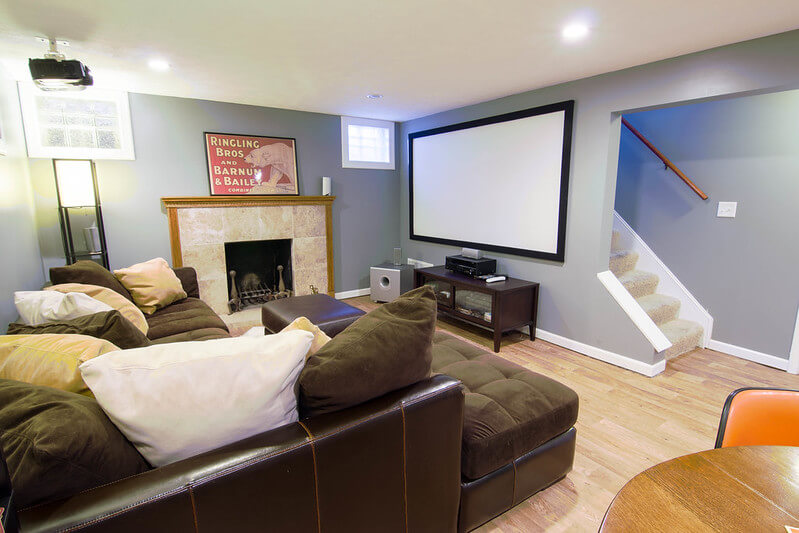
*A Caveat
Don’t get me wrong. When I say that your basement furnishings should be “replaceable,” I don’t mean that they should be “disposable.” The last thing our planet needs is another cheap sofa taking up space in a landfill. As someone who has always had a strong passion for wildlife and wild places, I will always vehemently advocate against accumulating cheap, trendy crap of questionable origin and negative environmental impact.
I specifically mentioned IKEA above because although their products have a reputation for being disposable, some of their products are actually well-made using durable materials. Now, whether one is able to put it together in a robust way that survives even a single move is another matter. Still, IKEA and many other large retailers have strong sustainability initiatives to curb some of the environmental impact caused by their products. IKEA will even take back your used furniture in some countries (although I do not know whether they will accept water-damaged furnishings)!
No, the only time you should be disposing of anything is if it is so water-soaked, mold-ridden, or otherwise unsalvageable that to try and keep and restore it would be a fool’s errand.
